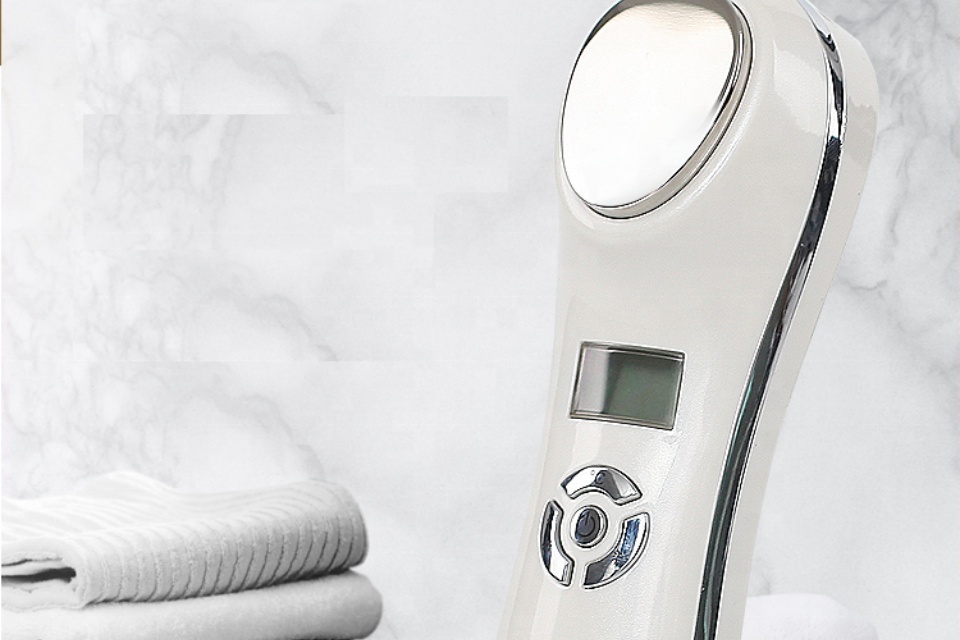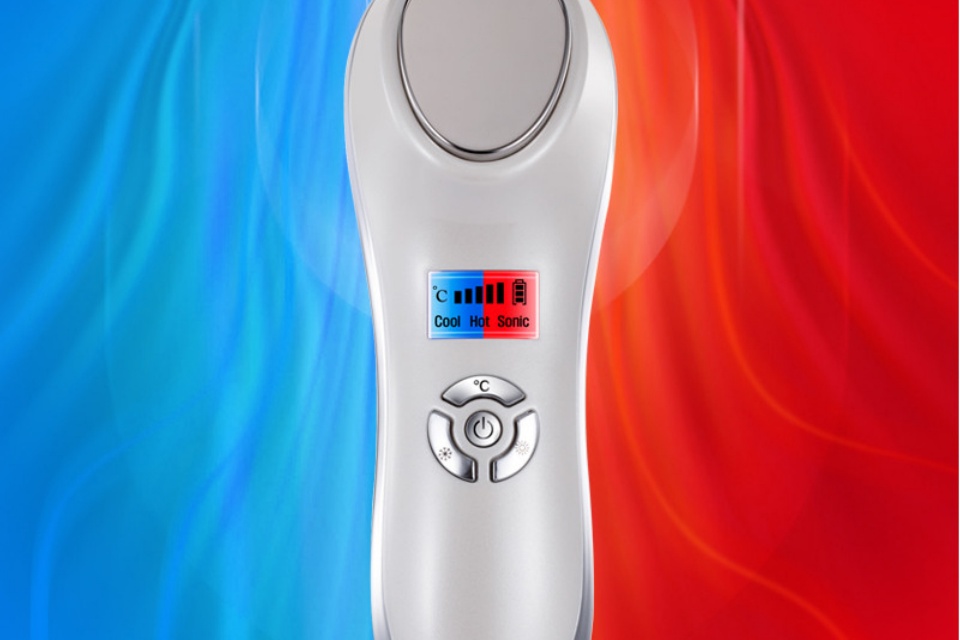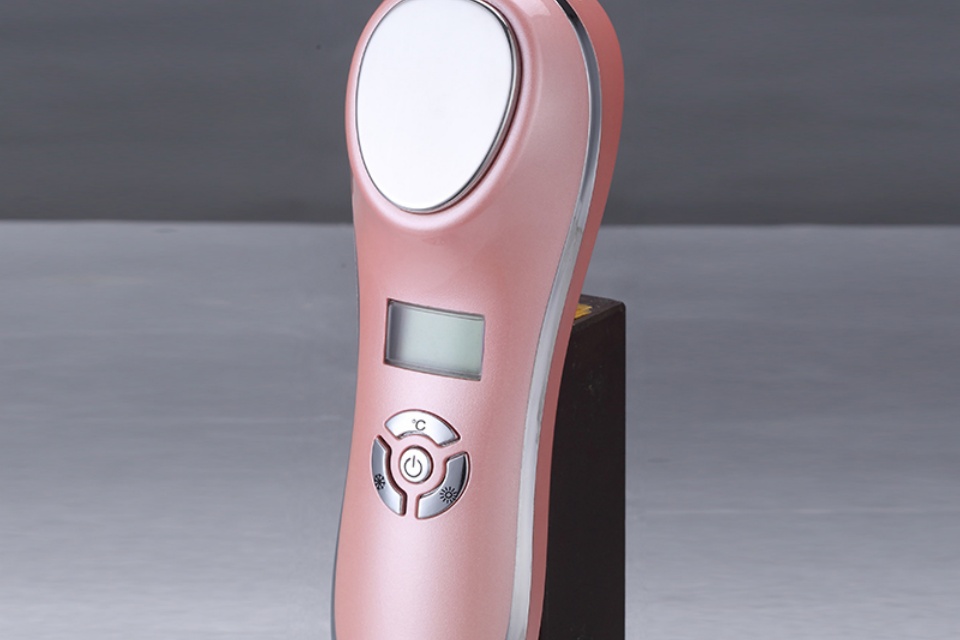Morning Puffiness Ice Massage Routines To Depuff Fast
Summary
Morning puffiness refers to the swollen appearance of the face, particularly around the eyes, that many individuals experience upon waking. This phenomenon is primarily attributed to fluid retention that occurs overnight, influenced by various factors including dietary habits, hormonal fluctuations, sleep quality, and underlying health conditions. The condition is notable not only for its prevalence among the general population but also for the impact it can have on personal appearance and self-esteem, prompting individuals to seek effective solutions for alleviation.
The most significant cause of morning puffiness is fluid retention, often exacerbated by high sodium intake and poor sleep posture. Foods high in salt can lead to increased water retention, while sleeping in a horizontal position can hinder normal fluid drainage, causing accumulation in facial tissues. Additionally, hormonal changes, particularly those associated with menstrual cycles and stress, further contribute to this condition by disrupting fluid balance and kidney function. Allergies and sinus issues also play a role, with allergic reactions causing localized swelling around the eyes.
To combat morning puffiness, ice massage routines have gained popularity due to their immediate effects on reducing swelling. These techniques involve applying cold to the skin, which constricts blood vessels and enhances lymphatic drainage, providing a refreshed appearance. Ice massage not only diminishes puffiness but also promotes skin tightening, improved circulation, and oil control, making it a multifunctional approach in skincare regimens. Various methods, such as using ice cubes or specialized tools like ice rollers, can be implemented to maximize benefits, while experts recommend consistency and proper techniques to avoid skin damage.
Despite the effectiveness of ice massage, it is essential to recognize the importance of addressing underlying causes of morning puffiness through lifestyle changes, such as dietary adjustments, stress management, and improved sleep hygiene. Incorporating these strategies can lead to longer-term improvements in facial appearance, making the management of morning puffiness a multifaceted endeavor.
Causes of Morning Puffiness
Morning puffiness, characterized by a swollen appearance of the face upon waking, is commonly attributed to fluid retention that accumulates overnight. Several factors contribute to this phenomenon, including dietary choices, hormonal fluctuations, sleep quality, and underlying health conditions.
Fluid Retention
The most prevalent cause of morning puffiness is fluid retention, which can result from various lifestyle and dietary factors. Consuming foods high in sodium, particularly in the evening, can lead to increased water retention. High-sodium foods such as processed meats, salted snacks, and fast food can cause the body to hold onto water, leading to puffiness upon waking. Additionally, lying down during sleep hinders normal fluid drainage, allowing fluids to collect in the face.
Hormonal Changes
Hormonal fluctuations, particularly those associated with the menstrual cycle, pregnancy, or menopause, can also influence fluid retention and lead to facial swelling. Conditions like premenstrual syndrome (PMS) may exacerbate this retention, causing noticeable puffiness in some individuals.
Sleep Quality and Posture
Sleep habits significantly affect morning puffiness. Poor sleep quality, inadequate hydration, and sleeping in awkward positions can all contribute to fluid accumulation. For instance, elevated cortisol levels from disrupted sleep can lead to increased swelling. Furthermore, sleep posture plays a vital role; maintaining an elevated head position while sleeping can help reduce fluid buildup in the face.
Allergies and Sinus Issues
Allergies and sinus infections are additional contributors to morning puffiness. Allergic reactions to dust mites, pollen, or mold can result in swelling, especially around the eyes. Similarly, sinus infections may cause inflammation and puffiness due to fluid buildup and pressure in the facial area.
Chronic Conditions
In some cases, underlying health conditions like chronic venous insufficiency (CVI) can lead to more generalized fluid retention, including facial puffiness. CVI affects circulation and can cause fluid to pool in the body, resulting in swelling upon waking.
Understanding these causes can help individuals manage and reduce morning puffiness effectively. Adjustments in diet, sleep hygiene, and addressing allergies or medical conditions can contribute to a less puffy appearance in the morning.
Physiological Mechanisms
Morning puffiness is primarily caused by fluid retention in the soft tissues of the face, particularly around the eyes. When a person sleeps, the horizontal position can lead to an accumulation of fluids due to gravity, resulting in a swollen appearance upon waking. This fluid retention can be exacerbated by several factors, including dietary habits, hormonal fluctuations, and lifestyle choices.
Causes of Fluid Retention
Dietary Factors
One significant contributor to morning puffiness is the consumption of excessive salt or processed foods. High sodium intake can lead the body to retain water in an effort to maintain sodium balance, resulting in puffiness in facial areas. Additionally, consuming alcohol can prompt increased thirst and subsequently more fluid intake, contributing to further retention in the face.
Hormonal Changes
Hormonal fluctuations, particularly during menstruation, pregnancy, or menopause, can also influence fluid retention. Elevated hormone levels may disrupt kidney function, impairing the body's ability to remove excess fluid and causing it to accumulate in the face.
Stress and Sleep Quality
Chronic stress and poor sleep are linked to impaired lymphatic function, which plays a critical role in maintaining fluid balance in the body. Disruption in lymphatic drainage can lead to increased susceptibility to swelling and puffiness, as the body's ability to remove toxins and excess fluids is compromised.
Role of the Lymphatic System
The lymphatic system is crucial for detoxifying the body and maintaining fluid balance. When its function is impaired, it can result in lymphatic stagnation, which directly contributes to facial puffiness. Understanding this connection underscores the importance of supporting lymphatic health through various lifestyle changes, such as hydration, nutrition, and stress management.
Impact of Cold Therapy
Cold therapy is effective in reducing facial puffiness by causing vasoconstriction, which temporarily shrinks blood vessels and minimizes swelling. Tools like ice rollers or cold compresses can enhance lymphatic drainage when combined with massage techniques, providing a dual approach to combat morning puffiness. Regular use of cold therapy can lead to long-term improvements in facial appearance by addressing the root causes of fluid retention and promoting better circulation.
Benefits of Ice Massage
Ice massage offers a range of benefits, particularly in reducing morning puffiness and enhancing overall skin health. This simple yet effective technique involves applying cold to the skin, which can lead to various positive effects.
Skin Tightening and Pore Minimization
One of the most immediate benefits of ice massage is its ability to minimize the appearance of pores and temporarily tighten the skin. The cold temperature causes blood vessels to constrict (vasoconstriction), which can lead to a smoother complexion and a reduction in visible pores.
Reduction of Puffiness and Swelling
Ice massage is particularly effective in combating puffiness, especially around the eyes and face. The cold application helps reduce inflammation and swelling by constricting blood vessels and decreasing blood flow to the area. This results in a less puffy appearance and can alleviate redness.
Improved Circulation
While ice may initially constrict blood vessels, it also promotes increased circulation once the cold stimulus is removed. This boost in blood flow can enhance the delivery of oxygen and nutrients to the skin, contributing to a healthier, more radiant appearance.
Control of Oil Production and Acne Prevention
The application of ice to the skin can help control oil production, which is beneficial for individuals with oily or acne-prone skin. By reducing oiliness, ice massage can prevent breakouts and help diminish existing acne lesions. Applying ice directly to affected areas may reduce redness and swelling associated with acne.
Anti-Aging Effects
Regular ice massage may contribute to the prevention of premature aging. The technique not only helps reduce the appearance of wrinkles and fine lines but also promotes a youthful glow by improving skin elasticity and hydration levels. Cold therapy is thought to stimulate collagen production, which is vital for maintaining skin structure and firmness.
Relief from Sunburn and Skin Irritations
Ice massage can also provide soothing relief for sunburned skin and other irritations. The cold application helps to alleviate discomfort and reduces inflammation associated with such conditions. Additionally, it may calm rashes and insect bites, promoting quicker recovery.
Enhanced Makeup Longevity
For those looking to enhance their makeup routine, ice massage can help create a smooth canvas by tightening pores and reducing excess oil, which may contribute to longer-lasting makeup throughout the day.
Ice Massage Techniques
Ice massage is an effective method for reducing morning puffiness, particularly around the face and eyes. The application of cold promotes constriction of blood vessels, helping to alleviate swelling and improve the skin's overall appearance. Various techniques can be employed to maximize the benefits of ice massage.
Basic Ice Cube Massage
To begin, wrap an ice cube in a clean cloth to avoid direct contact with the skin, which can lead to capillary damage. Gently massage the wrapped ice over the face in circular motions, focusing on areas prone to puffiness, such as the under-eye region. It is essential to keep the ice moving continuously to prevent any cold-induced injury and to allow the skin to absorb the cold effectively.
Step-by-Step Technique
- Preparation: Ensure the ice cube is wrapped in a clean cloth to protect the skin.
- Initial Contact: Start at the eyebrow, moving across the forehead in circular motions.
- Under-Eye Focus: Gently massage the ice beneath the eyes, where puffiness is often most noticeable.
- Cheek and Jawline: Continue the circular movements down the cheek from the chin to the ears, and along the jawline.
- Neck: Extend the massage down the neck for added relaxation and drainage.
- Repeat: Follow the same pattern on the opposite side of the face to maintain symmetry.
- Dry Naturally: After the massage, allow the face to air dry for optimal benefits; do not pat the face dry.
Alternative Tools and Methods
In addition to traditional ice cubes, various tools are available that enhance the ice massage experience. For instance, ice rollers are handheld devices filled with gel that remain cold for extended periods when kept in the freezer. These rollers can be applied to the face, targeting areas of concern like the jawline and under the eyes while promoting circulation and reducing swelling.
Another effective method involves using cold spoons. By placing metal spoons in the fridge or freezer, they can be gently pressed against puffy areas for a quick, no-fuss solution. This technique is especially beneficial when time is limited but effective results are desired.
Special Considerations
When performing ice massages, it is crucial to adhere to certain do's and don’ts to avoid skin issues. Limit the number of ice cubes used to no more than two to prevent excessive cold exposure that could harm the skin. Always ensure that ice cubes are wrapped in cloth and avoid using ice directly on the skin to protect fragile capillaries. Regular application of ice massages can lead to improved skin tone and reduced puffiness, making it a valuable addition to any skincare routine.
Timing and Frequency
To effectively manage morning puffiness, the timing and frequency of ice massage routines are crucial. Many experts recommend incorporating ice massages into your daily skincare regimen, specifically during the morning routine, as this can help reduce swelling and enhance circulation early in the day.
Recommended Duration
For optimal results, it is advised to use ice-based tools, such as ice rollers or Icy Globes, for about 10 minutes per session. This duration allows for adequate cooling of the skin while promoting blood flow to areas prone to puffiness, particularly under the eyes and the cheeks.
Frequency of Use
The frequency of ice massage can vary based on individual skin sensitivity and the severity of puffiness. Generally, it is recommended to perform these massages no more than three times per week to avoid potential skin irritation from excessive cold exposure. For those seeking quicker results, incorporating these sessions into a morning routine on days when puffiness is particularly noticeable can be beneficial.
Gentle Techniques
When performing ice massages, it is important to use gentle, circular motions, focusing on areas with noticeable puffiness. Emphasis should be placed on not applying ice directly to the skin for prolonged periods; for example, avoid direct application for more than 2 minutes at a time to prevent skin damage. Consistency in these routines, combined with appropriate timing, can lead to longer-term improvements in skin appearance and reduction of puffiness.
Other Methods to Reduce Puffiness
Various strategies can be employed to alleviate puffiness, particularly around the eyes and face, resulting from factors such as crying, poor sleep, diet, and stress. These methods often combine lifestyle adjustments, home remedies, and skincare routines to achieve effective results.
Dietary Adjustments
Diet plays a crucial role in managing facial puffiness. Consuming an adequate amount of water daily is vital, as hydration helps prevent the body from retaining excess fluids, which can contribute to a puffy appearance. Additionally, maintaining a balanced diet that includes foods rich in potassium, such as bananas and sweet potatoes, can help counteract sodium-induced swelling. Reducing salt intake is equally important, as high sodium levels lead to water retention and puffiness. Incorporating anti-inflammatory foods, such as ginger, turmeric, and leafy greens, can further support skin health and minimize swelling.
Home Remedies
Applying cold treatments can be highly effective in reducing puffiness. A cold compress, cucumber slices, or tea bags placed over the eyes can help diminish swelling and inflammation. Cold compresses can be easily prepared by soaking a towel in cold water and applying it to the affected area for about 5 to 10 minutes. Additionally, using chilled tools such as orbs or spoons may also assist in decreasing puffiness without the need for any skincare products.
Stress Management
Stress is another significant factor that contributes to puffiness, as it can lead to hormonal imbalances and fluid retention. Engaging in relaxation techniques such as deep breathing, meditation, or yoga can effectively lower stress levels, thus helping to reduce puffiness. Regular physical activity also enhances blood circulation, which aids in minimizing fluid buildup and promotes overall well-being. Furthermore, spending time outdoors in nature can have calming effects that may alleviate stress and contribute to a less puffy appearance.
Sleep Hygiene
Quality sleep is essential for regulating fluid balance and reducing morning puffiness. Practicing good sleep hygiene, such as sleeping with the head elevated and ensuring adequate rest, can prevent excess fluid accumulation in the face overnight. Adjusting sleep positions can significantly influence fluid distribution, leading to a fresher appearance upon waking.
Skincare Routines
Incorporating specific skincare products into daily routines can also help combat puffiness. Eye creams containing ingredients like caffeine, niacinamide, and antioxidants can reduce inflammation and constrict blood vessels, effectively diminishing the appearance of puffiness. Furthermore, practices like facial massage and Gua Sha are recognized for their ability to stimulate lymphatic drainage and improve circulation, which can lead to reduced facial swelling over time.
By combining these methods—home remedies, dietary changes, stress management, sleep hygiene, and skincare practices—individuals can effectively minimize morning puffiness and promote a more refreshed and vibrant appearance.
 English
English Español
Español Português
Português Pусский
Pусский Français
Français Deutsch
Deutsch 日本語
日本語 한국어
한국어 Italiano
Italiano عربى
عربى


